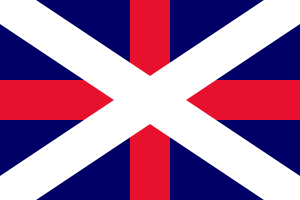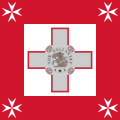Jack (flag)
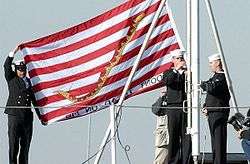
A jack is a national (originally naval) flag flown from a short jackstaff at the bow of a vessel, while the ensign is flown on the stern. Jacks on bowsprits or foremasts appeared in the 17th century. The word "jack" is said to result from the signature Jacques of King James I in whose reign (1603–1625) the Union Jack was designed.[1] A country may have different jacks for different purposes, especially when (as in the United Kingdom and the Netherlands) the naval jack is forbidden to other vessels. The United Kingdom has an official civil jack; the Netherlands has several unofficial ones. In some countries, ships of other government institutions may fly the naval jack, e.g. the ships of the U.S. Coast Guard and the National Oceanic and Atmospheric Administration in the case of the jack of the United States. Certain organs of the British government have their own departmental jacks. Commercial or pleasure craft may fly the flag of an administrative division (state, province, land) or municipality at the bow. Merchant ships may fly a house flag. Yachts may fly a club burgee or officer's flag or the owner's private signal at the bow. Practice may be regulated by law, custom, or personal judgment.
Usage
A naval jack is usually flown when the ship is not under way, but is moored or at anchor, or when it is dressed overall on special occasions. The Union Jack of the Royal Navy must be run up when the first line is ashore when coming alongside. The same regulations are applied by the Royal Canadian Navy[2]
In the United States, the First Navy Jack is also used by the United States Naval Special Warfare Command as uniform patches.[3]
A recent controversy at The Citadel, The Military College of South Carolina over a Confederate Jack, model 1863–1865, ended when the school's Board of Visitors voted in favor of moving the flag from the Chapel to what was called "an appropriate location on campus."[4]
Shapes and designs
Naval jacks are usually rectangular, often square, and smaller than the national ensign or war flag. Some countries fly a smaller version of the national or war flag, or its canton on its own. France and some other countries use the same flag or ensign for all purposes, civil or military, and also as their naval jack. Japan and some other countries with civil and war ensigns of different designs fly the civil ensign as a jack and the war ensign at the ship's stern. A shortened, square version of the national flag is used by some countries. A larger group of jacks show the country's national coat of arms, either as a banner of arms, or as a badge displayed on the field. Most countries have chosen a completely different design for their naval jacks, often with some national or maritime symbol, and usually with the same colours as in their flags.
War ensign as jack
Countries that use their war ensign also as a jack, will usually fly a smaller version at the bow.
-
.svg.png)
Naval jack of Denmark -

Naval jack of Egypt -

Naval jack of Germany -
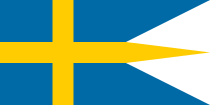
Naval jack of Sweden
Square version of national flag as jack
-

Naval jack of Belgium -

Naval jack of Greece -

Naval jack of Norway -
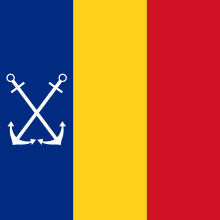
Naval jack of Romania
Canton of national ensign as jack
-

Naval jack of Chile -
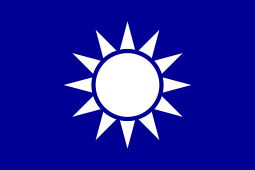
Naval jack of Taiwan -

Naval jack of Liberia -

Naval jack of the United Kingdom (Union Jack) -

Former naval jack of the United States, now flown by other U.S. federal vessels
National coat of arms as jack
-
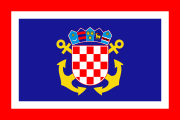
Naval jack of Croatia -

Naval jack of the Dominican Republic -

Naval jack of Finland -

Naval jack of Ireland (green field instead of blue) -

Naval jack of Montenegro -

Naval jack of Peru -

Naval jack of Portugal -
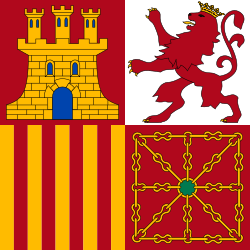
Naval jack of Spain
National flag as jack
-

Naval jack of Australia -

Naval jack of Canada, since 2013[1] -

Naval jack of France -

Naval jack of India -

Naval jack of Japan -

Naval jack of New Zealand -

Naval jack of South Africa -

Naval jack of Turkey -

Naval jack of Ukraine
Jacks of special design
-

Naval jack of Argentina -

Naval jack of Bolivia -

Naval jack of Brazil -

Naval jack of Bulgaria -
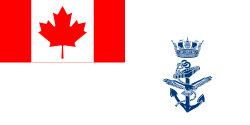
Former naval jack of Canada, now serving as the Canadian Naval Ensign -
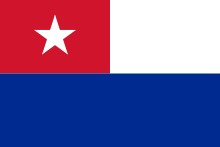
Naval jack of Cuba -
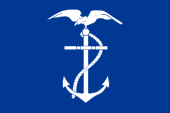
Naval jack of Ecuador -
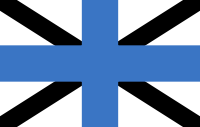
Naval jack of Estonia -
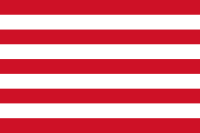
Naval jack of Indonesia -

Naval jack of South Korea -

Naval jack of Latvia -
.svg.png)
Naval jack of Lithuania -

Naval jack of Mexico -
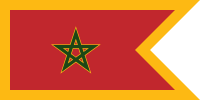
Naval jack of Morocco -
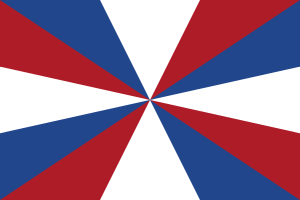
Naval jack of the Netherlands -
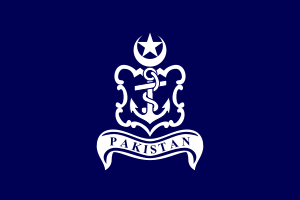
Naval jack of Pakistan -

Naval jack of Paraguay -

Naval jack of the Philippines -

Naval jack of Poland -
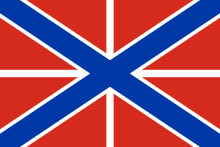
Naval jack of Russia -

Naval jack of Slovenia -
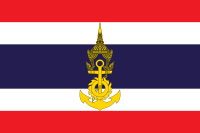
Naval jack of Thailand -

Naval jack of Uruguay -
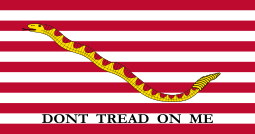
Naval jack of the United States -
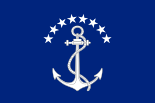
Naval jack of Venezuela
Union jacks
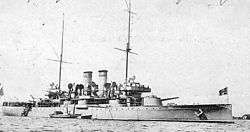
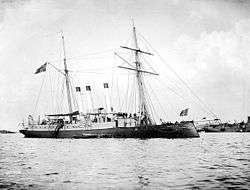
United or confederate states have in many cases adopted a jack representing their union. The best known is the Union Jack of the United Kingdom's Royal Navy, composed in 1606 by joining together the flags of England and Scotland. When the Kingdom of Ireland merged with the Kingdom of Great Britain in 1801, a red saltire (St Patrick's Cross) was added to form the present Union Flag. The design of the British Union Jack probably inspired later jacks of other nations, e.g. Russia and the Union Jack of Norway and Sweden. The Russian jack in its turn inspired the jacks of Bulgaria, Estonia and Latvia.
From 1777 until September 2011, the United States Navy flew the union jack, the blue canton with white stars from the U.S. national ensign. (Since September 11, 2011, the U.S. Navy has flown the First Navy Jack, originally used 1775–76, with a rattlesnake and the motto "Dont Tread on Me" superimposed on thirteen alternating red and white stripes.)
The Confederate States of America followed the same pattern for its first naval jack (1861–1863), the canton of its first navy ensign, with seven stars forming a circle on a "medium blue" field. Later versions had up to fifteen stars. The Second Confederate naval jack was a rectangular cousin of the Confederate Army's battle flag and was in use from 1863 until 1865.
The Union Jack of Norway and Sweden 1844–1905 was a rectangular cross flag divided per saltire, combining the national colours of Sweden (hoist and fly) and Norway (top and bottom). The naval jack was also used as flag for the common diplomatic representations abroad.
-

The Union Jack of the United Kingdom. -

Naval Jack of the United States Navy 1777-2011, identical to the canton in the national flag or ensign of that period. -

Naval jack of the Confederate States Navy 1861–1863 -
.svg.png)
Naval jack of Sweden and Norway 1844-1905
Gallery of jacks
-

Bahamas (civil)
References
Literature
- Album des pavillons nationaux et des marques distinctives. National flags and distinctive markings, Service hydrographique et océanographique de la marine, Brest, 2000
See also
- Flag
- Flag terminology
- Vexillology - the study of flags
- Naval ensign
- British ensigns
- Jack of the United States
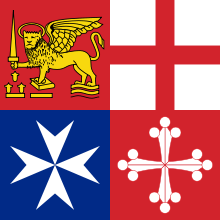

.svg.png)
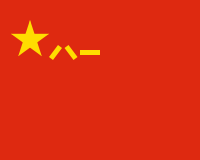



.svg.png)
